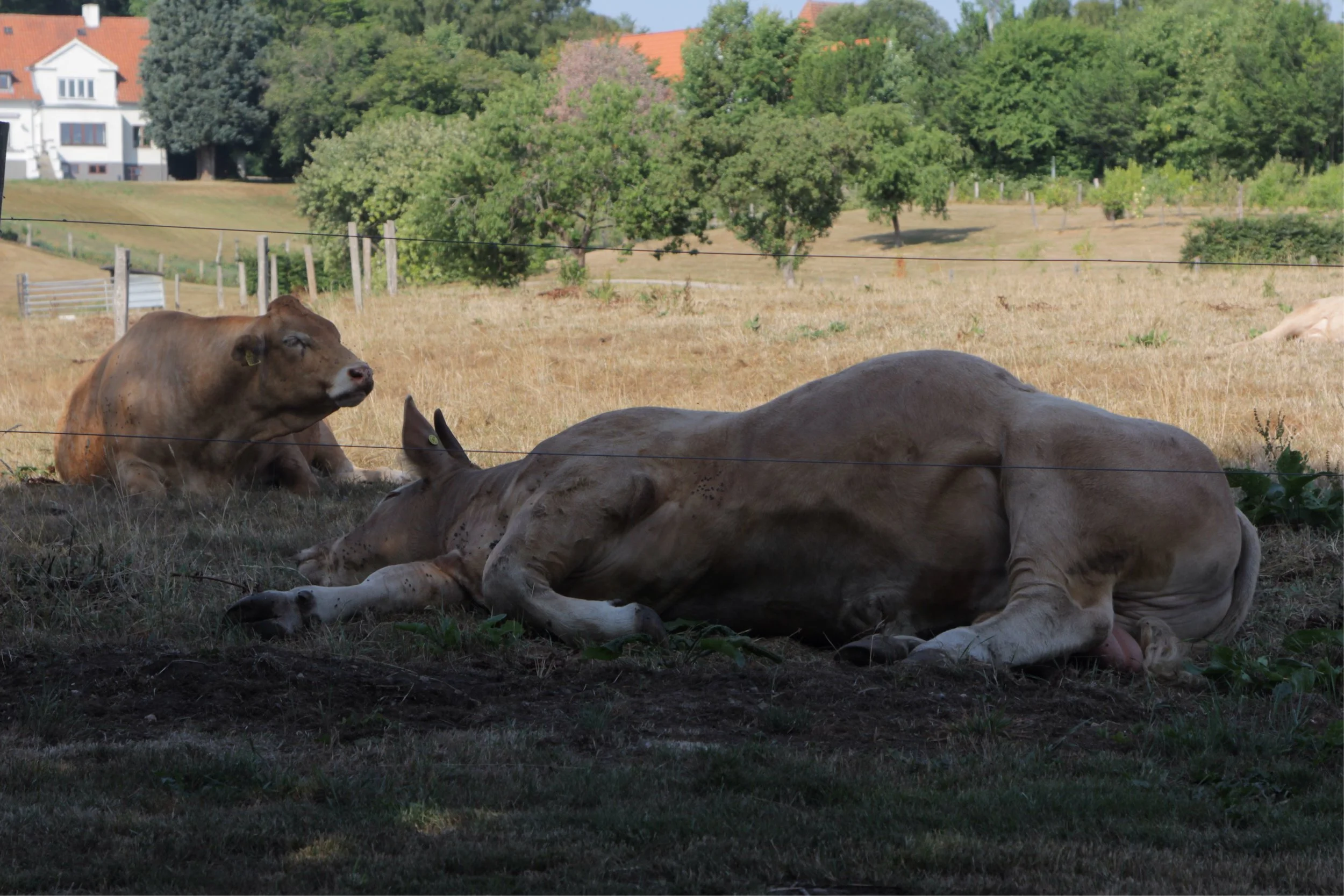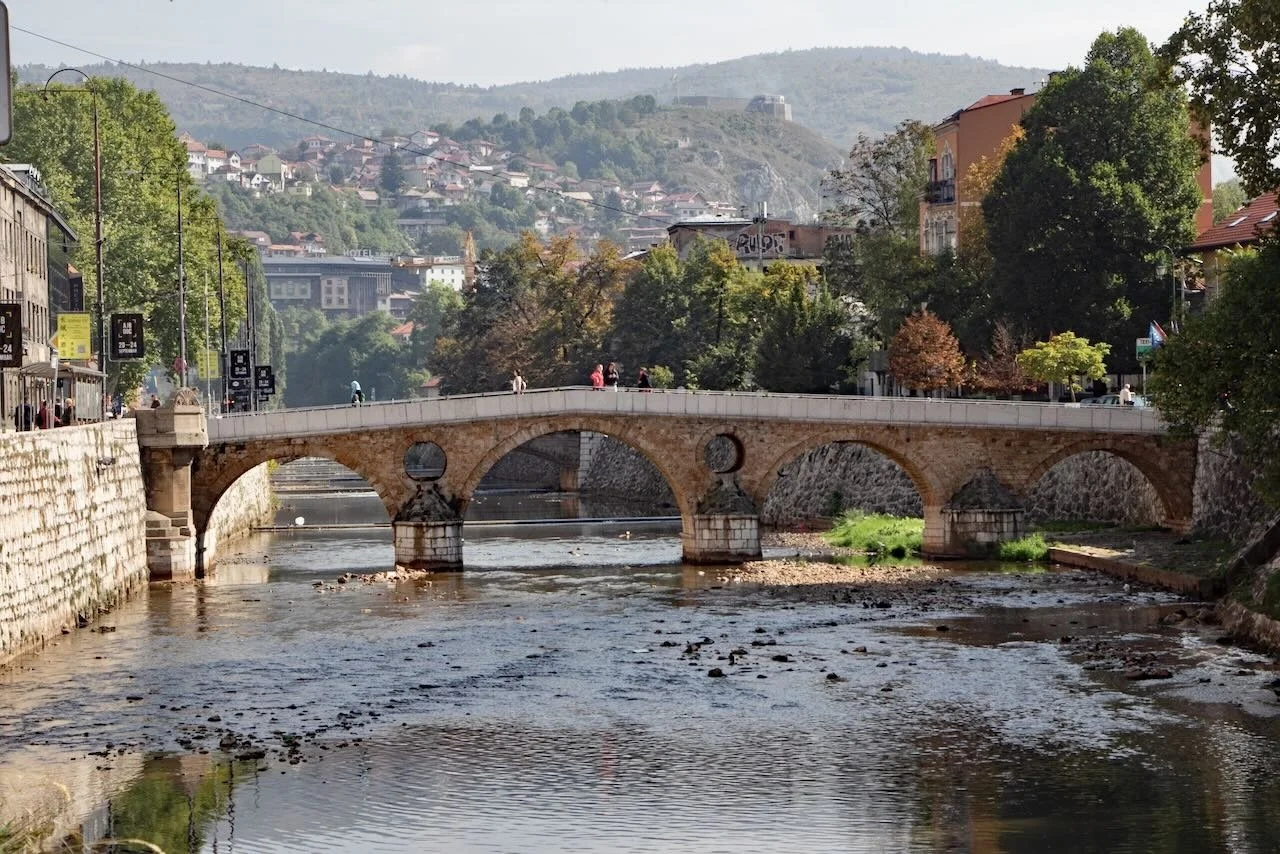Discovering rural Denmark
"I'm going to Denmark on holiday." Apart from the "what on earth for?" from my 91-year old mother-in-law, everyone else's reaction was "Oh, I love Copenhagen." My response that I wasn't going to Copenhagen, at least not for the first of the two weeks, was generally met by a blank stare of incomprehension.
I write this because it seems to me that in many people's minds, Copenhagen IS Denmark. I'd never really looked at Danish geography in detail but, as usual for me, it's once I've arrived at my new destination that I grasp the lay of its land. Hence I discovered that actually Copenhagen is so far to the east of Denmark that it's almost in Sweden! I do wonder why the capital city is on an island (Zealand) that was only accessible from mainland Denmark via another island (Funen) by ferry until 1998 when the Great Belt Fixed link (Storebæltsforbindelsen) was opened. But that's another story.
We've been staying near the town of Vejle, about half-way up the eastern coast of mainland Denmark, simply because we are doing a house-swap and the location in an historic building with a sea and marina view attracted us. We also happen to be visiting during an exceptionally hot and dry summer. So the green fields we were expecting to see are parched and the animals have been brought indoors where they can be fed ... apart from the bull and his family in the field next door featured in the photo atop this post. As you can see, the bull looks as if he's suffering from heat exhaustion waiting for the farmer to bring in the next load of hay so they can feed. And so apart from the intense traffic of combine harvesters and tractors, the countryside seems deserted. Similarly with the towns we've traversed from here right across to the west coast: there seems to be nobody about! And what about all those Danish cyclists I was expecting to see filling the kilometres of cycle paths? Nada, nobody, niente! They can't all have hopped it to the South of France, surely?
Turning to the important issue of food. As you are probably aware, Danish restaurants have an excellent reputation. One of them in Copenhagen, Norma, has four times been named "best restaurant of the world". Personally I think those sorts of awards are a little silly but it does point to a high level of gastronomy. But I'm wondering how interested the average Danish household is in cooking, especially out here in the provinces where we've yet to find a green grocer, a butcher, a fishmonger. We've found bakeries, liquor stores, and flower shops galore but clearly, in these rural areas food shopping is done in supermarkets exclusively. So, I was taken aback when we went into one of the bigger ones to note that more space was dedicated to clothes than to food. There was no fishmonger area, no butcher's area, no bakery area and virtually no fruit and vegetable area. The choice was extraordinarily limited and, to be frank, not terribly appetizing. And almost all the fruit and veggies were wrapped in plastic or put in plastic boxes. I thought this was the land of environmental concern, but plastic bags are still being used at the check-out counters. Time to ban them, my Danish friends!


